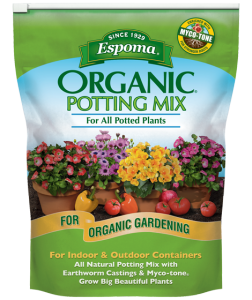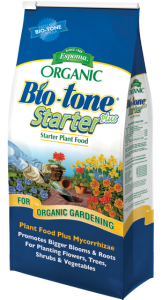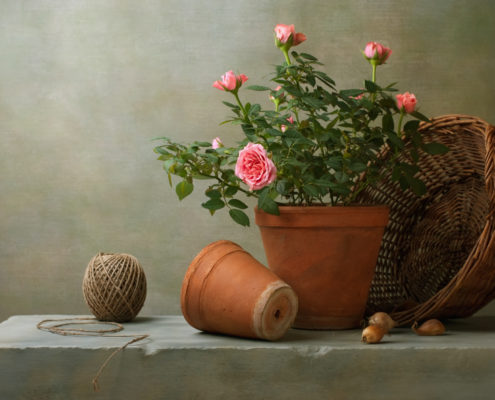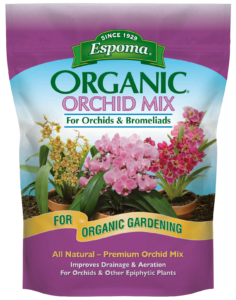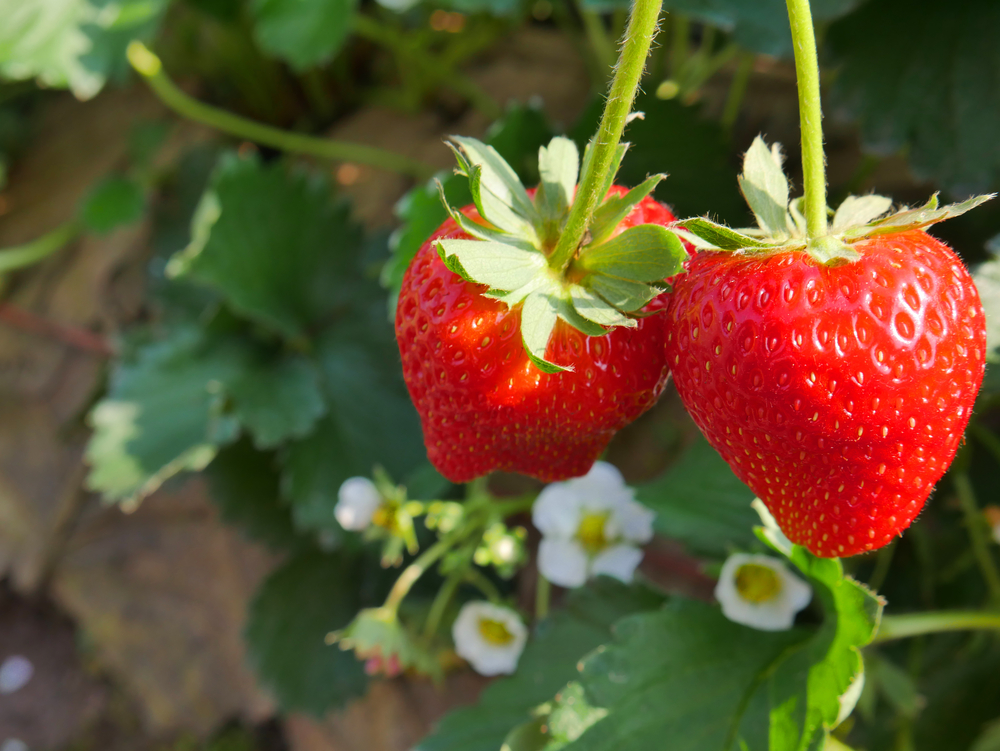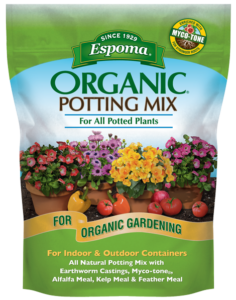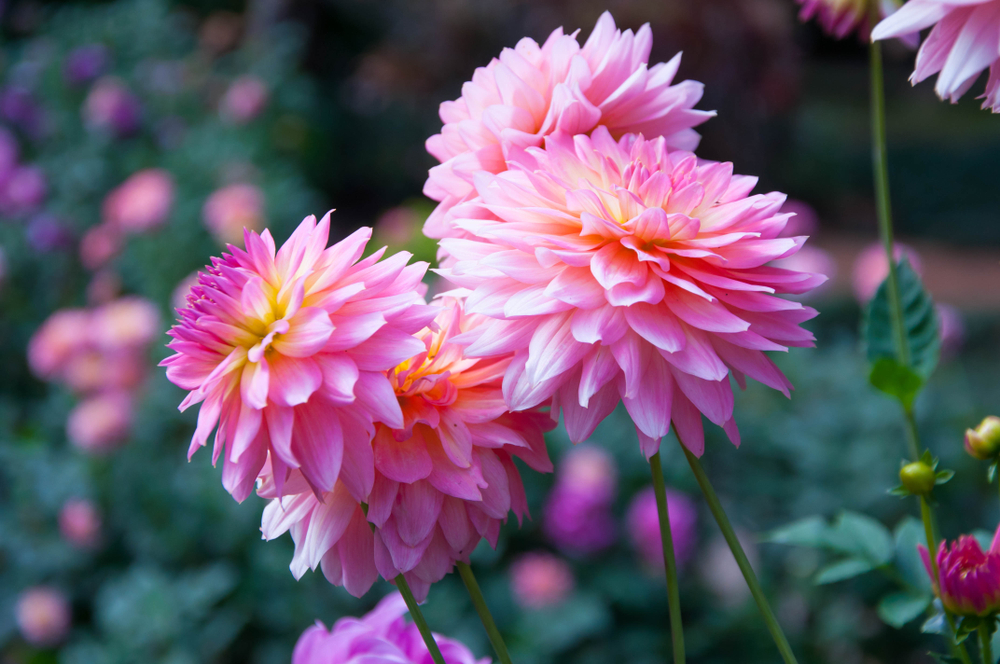Plants Only a Mother Would Love
From crayon stick figures to loud burps, Moms are notorious for thinking anything their kids do is cute.
This Mother’s Day, brighten mom’s day by giving her a plant that’s just as unique as you. And if you choose the right plant, it will last for years to come. From succulents and cacti to brilliant foliage plants, there is a plant that will bring some extra sunshine to her life every day. She knows you better than anyone else, so remind mom just how awkward and quirky you were as a child.
Baseball Plant
The low-maintenance, euphorbia obesa, comes in a baseball-like shape. Perhaps it’ll remind mom of your little league days. This is a cactus, so it simply needs a warm climate, light and a well-draining soil such as Espoma’s Cactus and Succulent mix.
‘Wine Cup’
Crassula umbella is perfect for the mom who loves taking trips to the vineyard, with her children of course. When it flowers, this plant can grow up to six inches tall. This succulent likes well-drained soil and dry roots, so don’t overwater.
Donkey tails
Remind mom of your playful nature with a donkey tail plant. These succulents drape over containers in a trailing way. With their grey-green tear-drop shaped leaves, the “donkey tails” can grow up to two feet long. Flowers with small blossoms in red, yellow or white will emerge in late summer. Place these sun-loving succulents near a sunny window and water weekly during spring and summer.
Nerve Plant
If mom’s always saying you’re getting on her nerves, try getting her an actual nerve plant! Also known as Fittonia, the name ‘nerve plant’ comes from the attractive pink, red or white veins that run throughout the plant’s rich green leaves. Their bright coloring and great patterns will surely ease mom’s nerves every time she looks at it. This plant also makes a great addition to a terrarium. Place it in a space where it’ll receive medium to low light. Too much sun can cause leaves to crisp. Water the plant weekly, when the soil starts to dry. Nerve plants need regular fertilizing, use Espoma’s Indoor! Liquid fertilizer to encourage new growth.
Yes, more traditional moms might prefer something like an exotic orchid or a lovely pink succulent, but the above are sure to make her smile. Visit your local garden center to find the right plant.
Want to do something different from mom? Try this hand print planter from Garden Answer.

